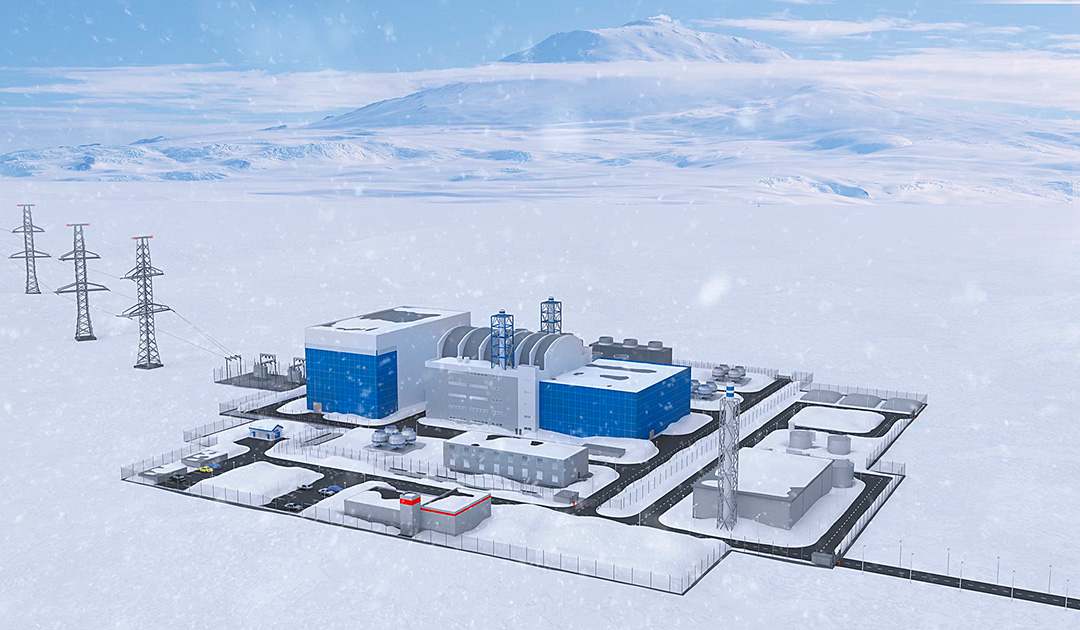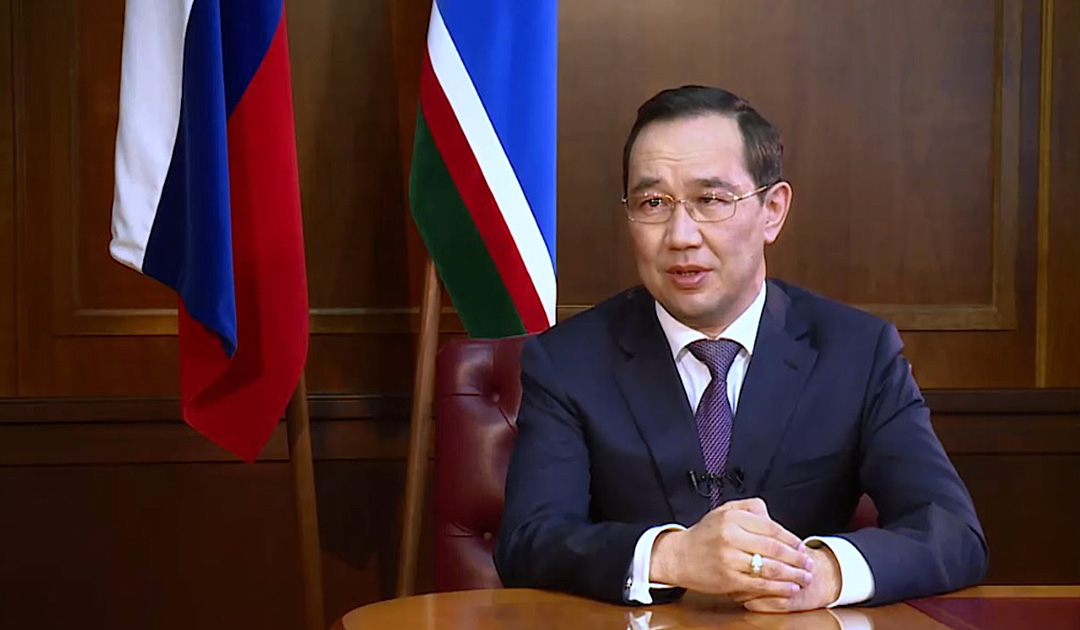
The Federal Nuclear Energy Agency ROSATOM and the government of the Republic of Sakha (Yakutia) signed an agreement on December 23, 2020. It states how the principles of electricity tariffs are to be established, which will be determined in the context of the construction project of a small nuclear power plant. The power plant will be operated with a reactor type RITM-200 and the plant is to be built in the village of Ust-Kuyga.

Russian Federal nuclear agency Rosatom announced in a press release that it has reached another milestone in its plans to build a small nuclear power plant near the community of Ust-Kuyga in the eastern Russian Arctic.
Under the agreement, the Government of the Republic of Sakha will ensure the sale of 40 to 50 MW of the power plant’s electricity. In addition, the government will provide a plot of land necessary for construction. The small nuclear power plant is expected to be commissioned in 2028.
The power plant construction project in Yakutia is based on the reference technology of Rosatom with “RITM-200 reactors” designed taking into account the long experience of operating small reactors on ships of the Russian icebreaker fleet. On October 21, 2020, the new generation nuclear icebreaker “Arktika” joined Rosatomflot’s fleet. A further six “RITM-200 reactors” will be installed on the Project 22220 icebreakers currently under construction.

Alexey Likhachev, General Director of Rosatom, said: “Only recently the floating power plant “Akademik Lomonossov” was put into operation in the port of Pevek (Chukotka), and now, just a few months later, we are starting work on the land-based plant. It is important that we use proven RITM-200 reactor units in the Arctic and offer them to our foreign partners. So far, only the Russian Federation has such a modern and referenced technology. I am sure that small power plants have a great future, both in Russia and worldwide.

The planned power plant is compact and modular in design, has a short construction period and high safety standards, and is expected to be in operation for at least 60 years. It is expected that its construction will reduce the cost of electricity in the Ust-Yansk district by almost two times.
The replacement of the outdated coal and diesel generator sources with nuclear power energy will make it possible to reduce CO2 emissions in the Ust-Yansk district by 10,000 tons per year. The construction of the plant will ensure a stable and clean power supply for the Kyuchus gold mine development project in Verkhoyanskiy district. During the construction of the power plant, up to 800 new jobs will be created.
Heiner Kubny, PolarJournal
More on the subject:





